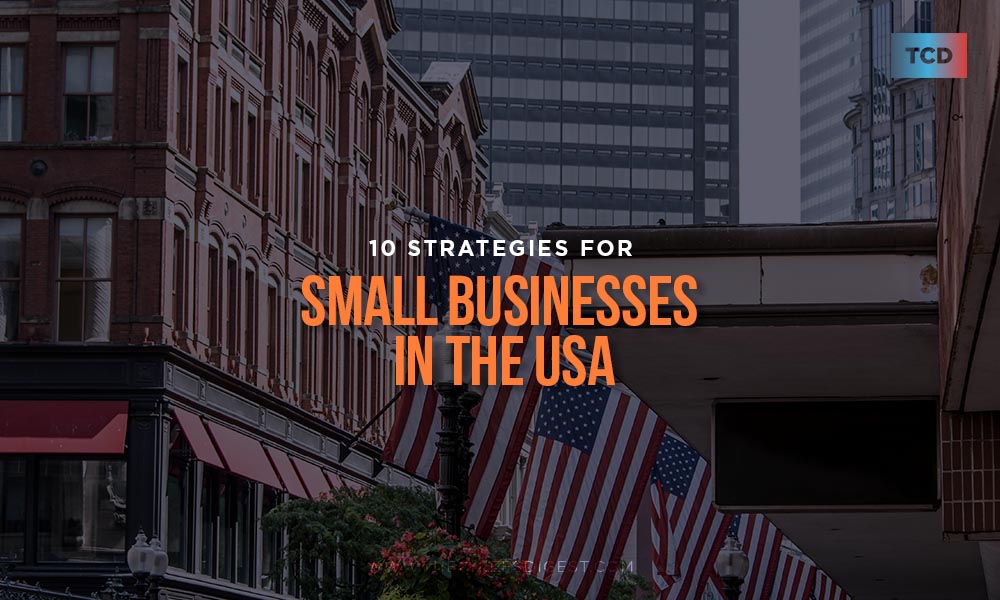Despite a record rise in ESG disclosures, most reports are still missing the mark. A PwC study found that although most of the investors value sustainability reporting, only a third find it useful. The disconnect isn’t about how much data companies share, but about how they communicate it.
Too often, sustainability reports are long, dense, and impersonal. They check every regulatory box that satisfy regulators but lose readers. Although these reports are meant to reflect purpose and transparency, their complexity often obscures it.
The solution lies in rethinking the approach. The most effective ESG reports inform, inspire, and invite dialogue. They balance data, personality, compliance, and creativity turning information into a story that actually gets read.
The Art of Reader-Centric Reporting
Reader-centric ESG reports are about saying what matters and saying it well. The following four strategies show how sustainability reports can evolve from documents that merely inform to narratives that engage. Each approach focuses on one essential shift, i.e. writing with the readers in mind.
Lead with a Human Story, Not a Metric
People connect with stories, not long tables of data and page after page of texts and charts. The strongest sustainability reports read like stories of progress, where communication is structured around people, places, challenges, and impact. Reports and data, when paired with stories, can move audiences intellectually and emotionally.
For example, instead of listing social impact numbers and dry statistics in the reports, bring them to life: “Our 2024 wage review across five manufacturing hubs revealed a persistent pay gap between contract and permanent workers. Instead of adjusting salaries in isolation, we worked with regional partners to redesign pay structures and offer upskilling programs. By mid-2025, over 3,000 workers across Asia and Eastern Europe received wage adjustments aligned with local living wage benchmarks.”
This story-based approach humanizes the impact, builds credibility, and helps stakeholders see sustainability not as an abstract goal, but as a shared journey. A well-crafted narrative transforms the report from an annual obligation into a reflection of the organization’s values, voice, and vision.
Tell the Right Story to the Right Audience
Every organization has sustainability stories to tell, but not every story belongs in the ESG report. The most impactful reports are built on listening before writing. A credible ESG narrative begins with understanding what truly matters to the stakeholders, employees, costumers, investors, and communities. The story can then be shaped around those priorities.
For instance, food and retail businesses should focus on the environmental issues their customers care about, such as emissions, resource use, and biodiversity. When it comes to financial and healthcare organizations, it makes more sense to focus on social and governance themes, such as diversity & inclusion, and ethics. The goal is alignment, where the stories reflect the stakeholders’ concerns and not just the organization’s internal goals.
Different audiences read ESG reports differently, and storytelling in ESG reports must reflect that.
- Investors look for material risk disclosures, forward-looking strategies, and measurable impact. So, it’s best to ground the stories in KPIs and recognized frameworks like GRI or SASB.
- Employees want to see how sustainability efforts impact their work, growth, and well-being. Storytelling that puts the spotlight on internal champions, culture shifts, and purpose in action work well here.
- Media and the public respond to simplicity, clarity, and credibility. Reports that are written in plain language using data-backed claims and strong headlines that are easy to share with the press or digital channels will resonate the most.
When the sustainability report conveys the right stories rooted in relevance, transparency, and emotion, it becomes more than a document and into a true reflection of the organization’s values and identity.
Choose the Right Framework
A sustainability report is only as strong as the framework that holds it together. The right reporting framework organizes data and gives structure and credibility to the story an organization wants to tell. In this landscape crowded with evolving disclosure requirements and national and international regulations, selecting the right one can be the difference between a report that only informs and one that earns trust.
Each ESG reporting framework serves a distinct purpose:
- Global Reporting Initiative (GRI): The most widely used standard, helping organizations of all sizes disclose environmental and social impacts across sectors.
- Task Force on Climate-Related Financial Disclosures (TCFD): Focuses on the financial implications of climate risks and governance, guiding companies toward transparency and resilience.
- Sustainability Accounting Standards Board (SASB): Offers industry-specific framework that connect sustainability performance to financial risks and opportunities.
- United Nations Global Compact (UNGC) and the United Nations Sustainable Development Goals (UNSDGs): Provide a moral and strategic compass, encouraging alignment with universal principles on human rights, labor, environment, and anti-corruption.
- Science Based Targets initiative (SBTi): Enables organizations to set measurable, science-aligned targets for emissions reduction and net-zero goals.
- Carbon Disclosure Project (CDP):The largest global platform for environmental disclosure, promoting accountability across emissions, water, supply chains, and more.
- IFRS Accounting & Sustainability Disclosure Standards (IFRS S1 & S2): Establishes financial reporting standards and metrics for better economic and investment decisions. After the TCFD disbanded, its standards were incorporated into the IFRS S1 General Requirements for Disclosure of Sustainability-related Financial Information and IFRS S2 Climate-related Disclosures.
Choosing the right framework depends on the organization’s goals, audience, and geography. Investors may prioritize comparability, regulators demand compliance, and communities seek transparency. A good framework brings these priorities together and helps sustainability communication build trust.
Tell the Whole Story, Both the Good and the Gaps
For organizations striving to build trust with stakeholders with their sustainability reports, it’s crucial to avoid the greenwashing trap. While writing the reports, greenwashing can creep in in many forms, such as overstating progress, selective disclosures focusing only on successes and using vague language that lacks substance. Whether intentional or accidental, it can quickly damage reputation and even lead to legal consequences.
To avoid this, every claim must be earned though evidence and context.
- Substantiated performance data reinforces credibility when supported by metrics, standards, and year-on-year comparisons
- Vague terms like “eco-friendly” or “sustainable” can be replaced with precise and verifiable outcomes
- Balanced reporting that includes both achievements and areas where the company falls short
- Independent validation through third-party certifications adds weight and authenticity to disclosures
How Industry Leaders Approach ESG Reporting?
Leading organizations are rethinking ESG reporting as a way to demonstrate accountability and performance across three key areas: environmental, social, and governance. Depending on goals and priorities of organizations, the focus areas may vary but some core elements consistently form the backbone of effective sustainability reports, which are clarity of purpose, storytelling, and measurable progress.
In the automotive industry, Ford’s Sustainability Report demonstrates how ESG communication is expanding beyond emissions metrics. By addressing environmental justice and community impact with clean technology investments and presenting it in the report, Ford integrates social responsibility into its sustainability narrative.
In pharma, Merck & Co.’s ESG Progress Report sets a benchmark for transparency. Its detailed metrics, materiality mapping, and data-backed storytelling showcase how clear and data-driven communication builds stakeholder trust. Meanwhile, technology leaders like Accenture are integrating diversity & inclusion initiatives, innovation, and carbon neutrality targets into cohesive narratives that align with the EN Sustainable Development Goals (SDGs).
Bring your ESG Story to Life
Nearly all of the top G250 organizations now publish ESG reports. How does a company differentiate itself? Too often, reports tend to look similar when the logos are removed, the numbers are tweaked, and the leadership names are changed. The opportunity to stand out and signal authenticity lies in using one’s voice that’s distinct to your business.
When the report reflects the unique spirit of a business through voice visuals, and vantage, it becomes memorable. You can do that by highlighting leaders who drive the change or frontline employees that are responsible for executing them. Tell how a policy change actually impacted real lives and communities, and use case studies and anecdotes to bridge the gap between corporate strategy and human experience.
In focusing the narrative on real people and real change, the ESG report becomes more than a disclosure. It becomes your unique story, and in that difference, it stands out.








